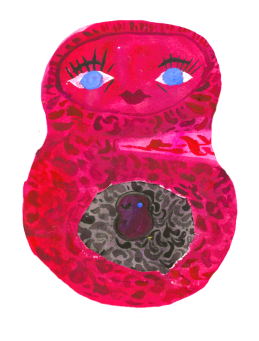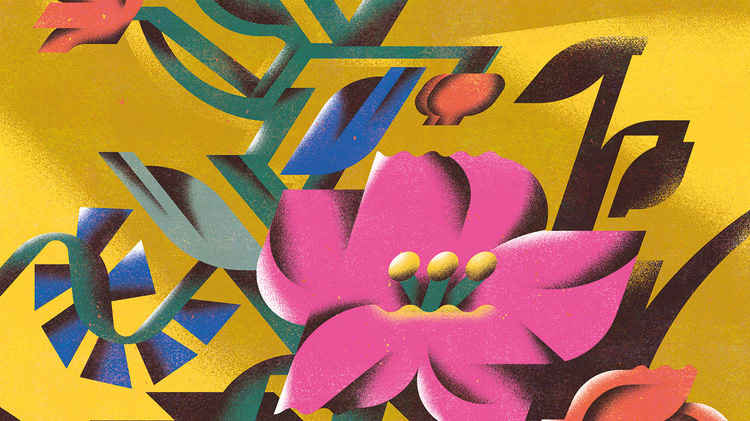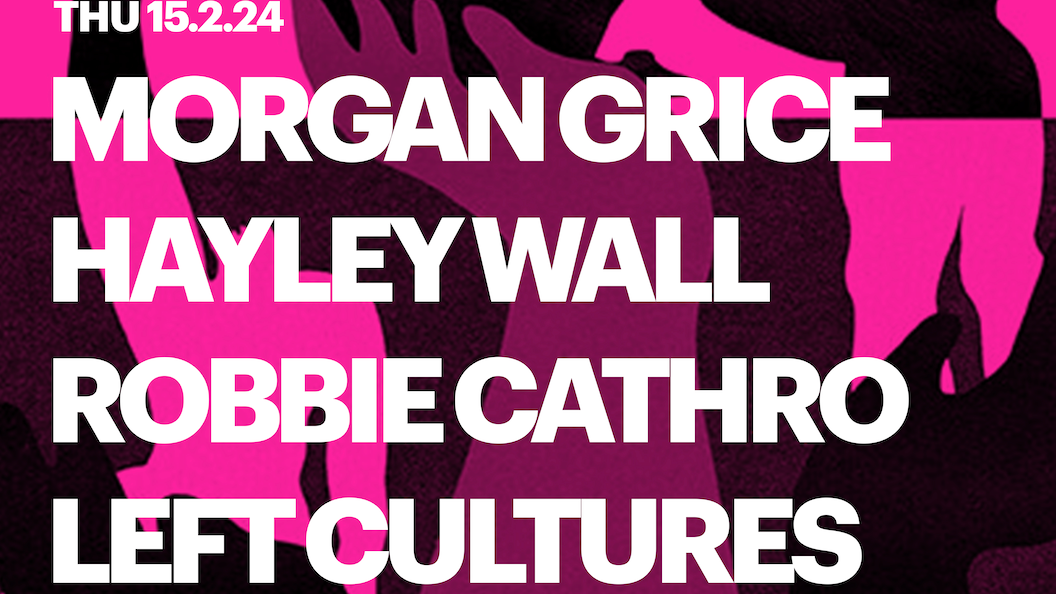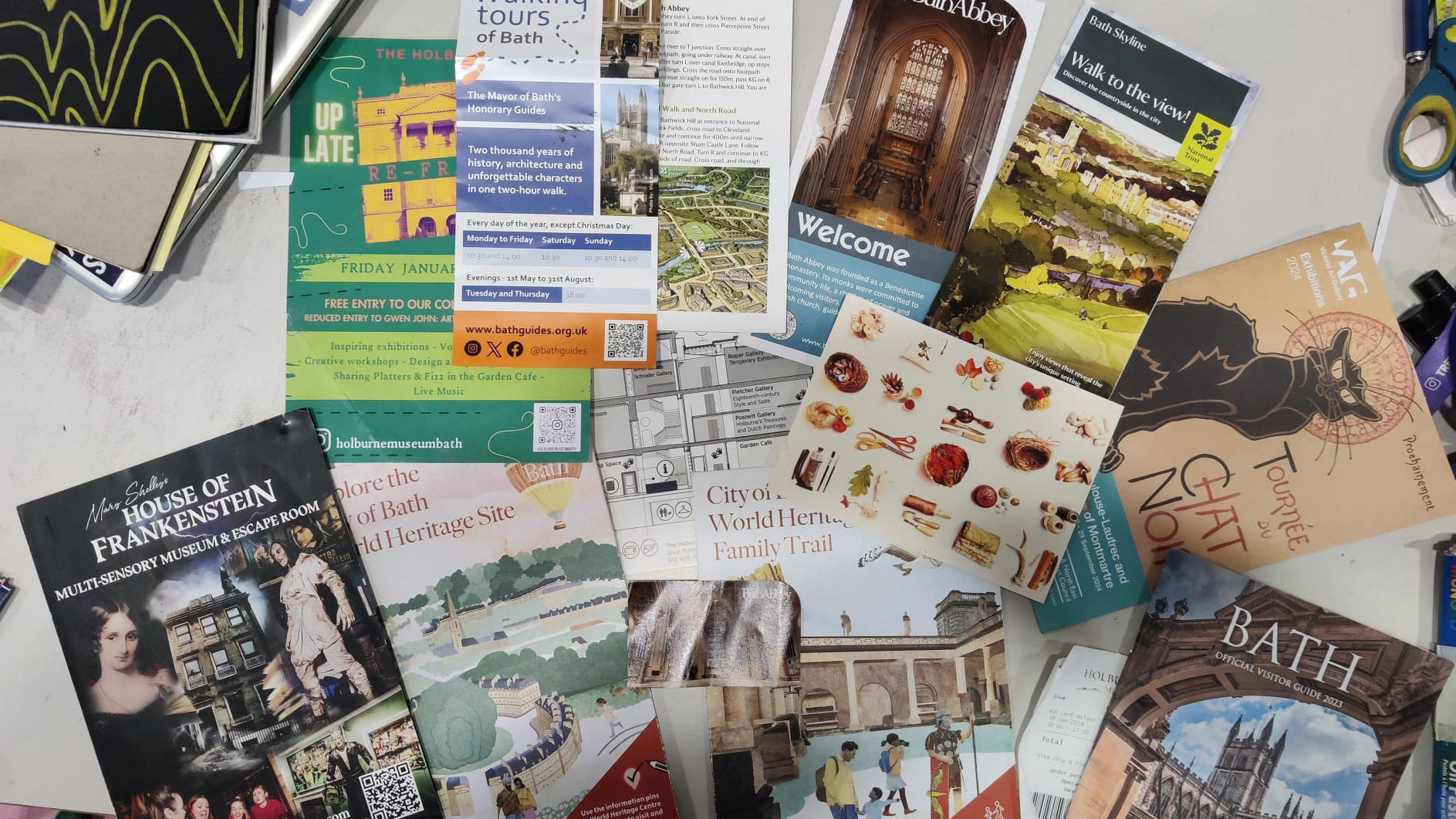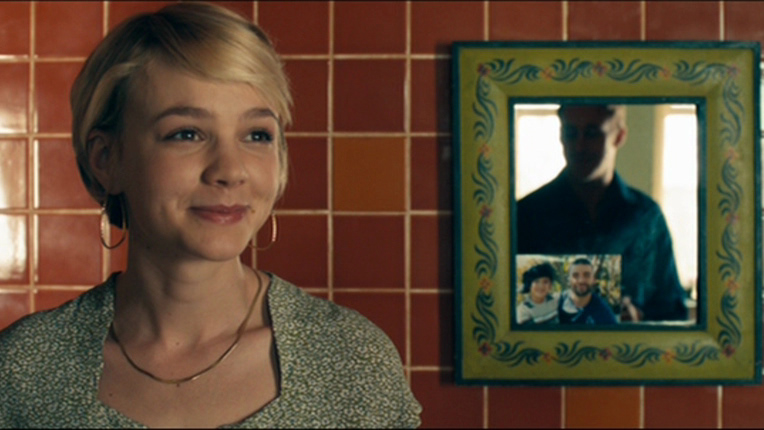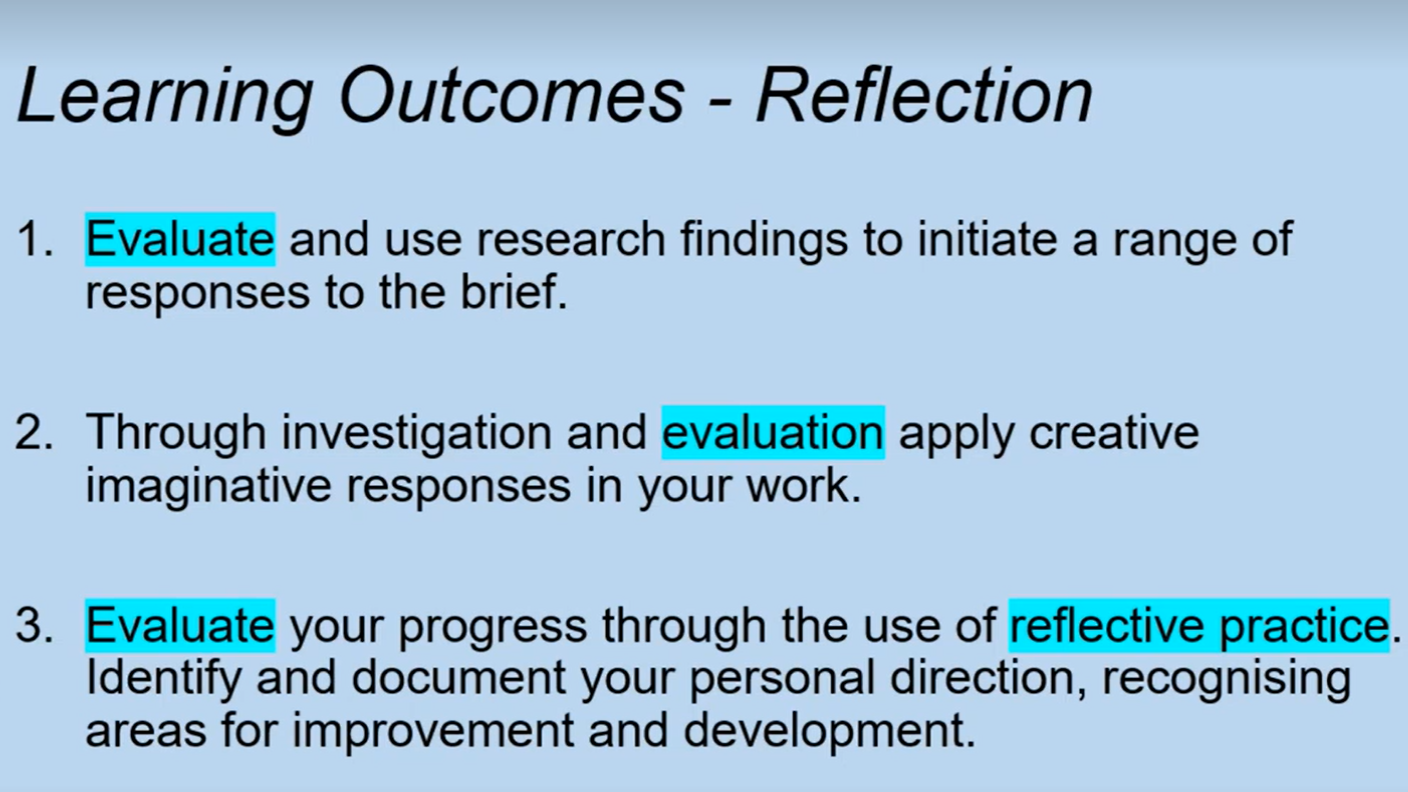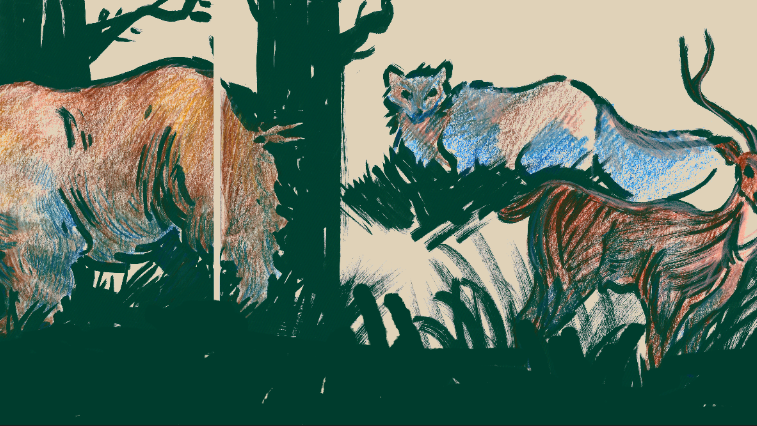WORKSHOP - Editorial Illustration
I wanted to participate in the Editorial workshop, not only to help me with Anorak but also since it's a good opportunity to try going through a simulation of the process of an editorial commission.
Last year and in the beginning of this academic year I was really interested in doing editorial work since it's a good way of getting consistent jobs and because they can be quite varied/diverse which I though would be a good fit for me since I dislike doing the same things over and over. I kind of forgot about my initial interest in this area since we started doing so many other things so I though that this is a good time to start thinking about it again as I can already feel the pressure of finalising university while not really knowing what I want to do next.


We began the workshop by being reminded that the most important thing when creating work is our idea, and not the general appearance of it.
We then started listing as many keywords as possible, which was followed by finding signs and symbols for them, and only then we started drawing our rough ideas.
The process of going from keywords -> symbols -> roughs -> final image is simple but effective. I often find myself skipping important stages, which means that more often than not I go into making the roughs too early and while feeling underprepared and uninformed, therefore being led through the full process of creating an image in a workshop felt quite beneficial for me. Doing this served as a reminder that it's more efficient to tackle a brief stage by stage and taking time to think instead of rushing into it.
During the beginning of the workshop, I was able to see how using keywords and then tying symbols to them provided a good start to trying to come up with stronger concepts while also making it easier to come up with multiple ideas.
After getting feedback, I chose one of the sketches to further develop. Unfortunately I was really sick so I could not finalise it. I felt quite disappointed since one of the aims of the workshop was to attempt to work to a short deadline, which I was not able to do.
After deciding on the sketch which I was not able to finish, I also got to look at everyone's final outcomes. I find that most of us used really similar elements, which makes sense to a degree considering that we were all providing work for the same article, I also think that it's a sign that my ideas were too obvious. In an editorial article, the information is already there in text form, so the illustration doesn't really need to also explain it all or include every important element.
Compared to us, I think Luke's work is more subtle and doesn't try to yell out what the article is about, but mostly just hints at the theme while also serving as a visual cue for the readers to understand the overall tone/mood of the article.
Luke's outcome
Overall, this workshop gave me an idea of what working on editorial illustration is like and how the process of that might look. After this workshop, I was inspired to think more deeply about how to interpret briefs in more interesting ways. Perhaps a good way of doing that is to review some of what we looked at doing the first brief of the year, ' Ways of Seeing', which was all about finding multiple ways in which to interpret something.
Professional presentation
Doing the professional presentation was a really good opportunity to explore more illustrators' work as we had to look through quite a few artists' work to find someone who would reply to us. We purposefully looked for diverse work so that we could discover more about what kind of things an illustrator can do. Wehad some editorial work we asked about but we also included concept design, game design and animation work.
The person we ended up presenting was Alexis Deacon, a British illustrator primmarly known for his childrens' books which are published by Flying eye books. We asked about his work as a concept designer for the 2nd season of the show : the heroic quest of the valiant prince Ivandoe, working on the background design for the show. He was commissioned by sun creature studio
I was really surprised that he replied and that his replies were so detailed. He was not on our original list of people to contact since we were not able to find his email. Since people were not really replying I decided to just DM him on Instagram so I was very surprised that he replied. More than that, his responses were very detailed, and he even filmed himself answering all of the questions. Talking to him was a very positive and insightful experience which made me realise how easy it is to get information about certain jobs if I just ask the right people.
Lesley Imgart
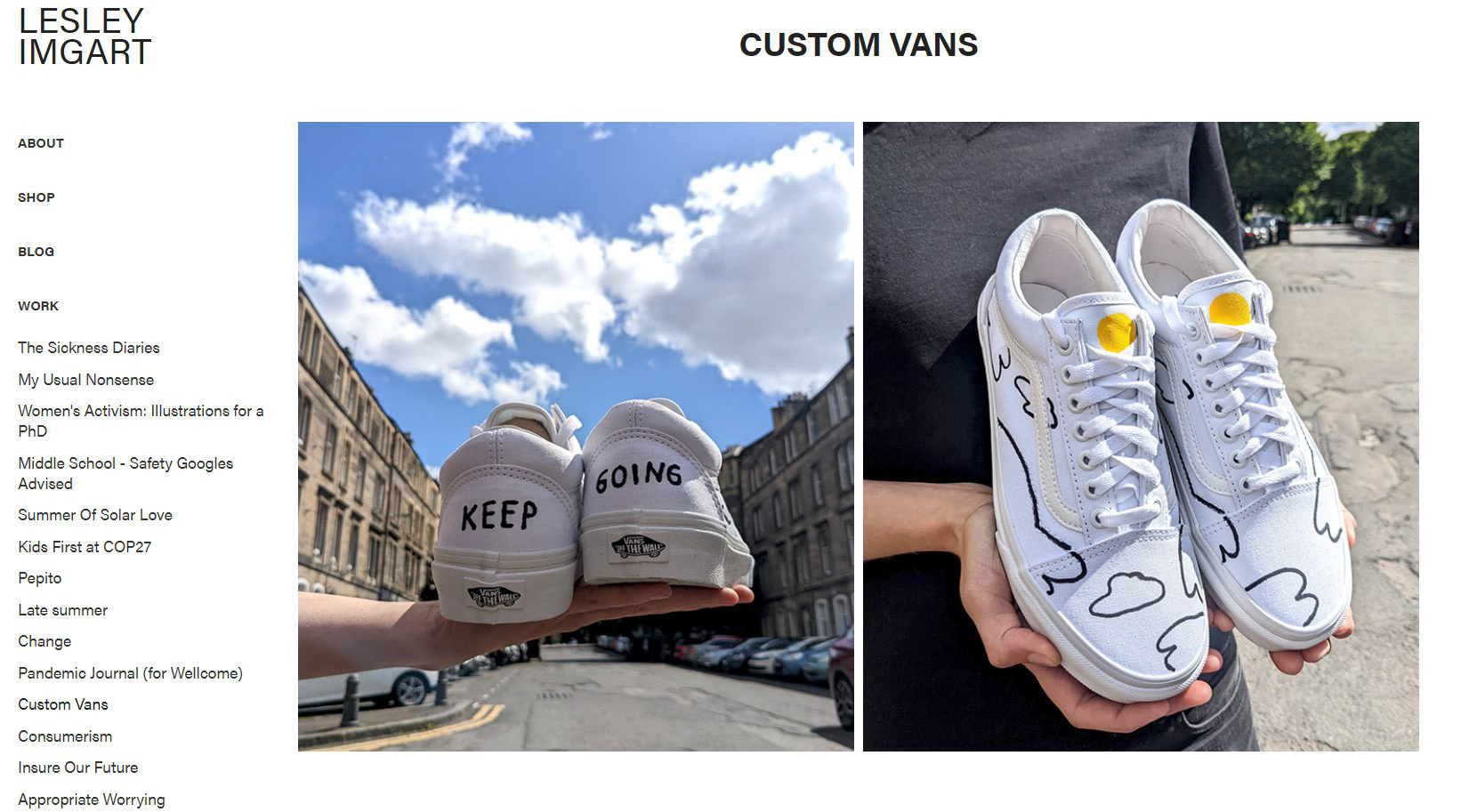
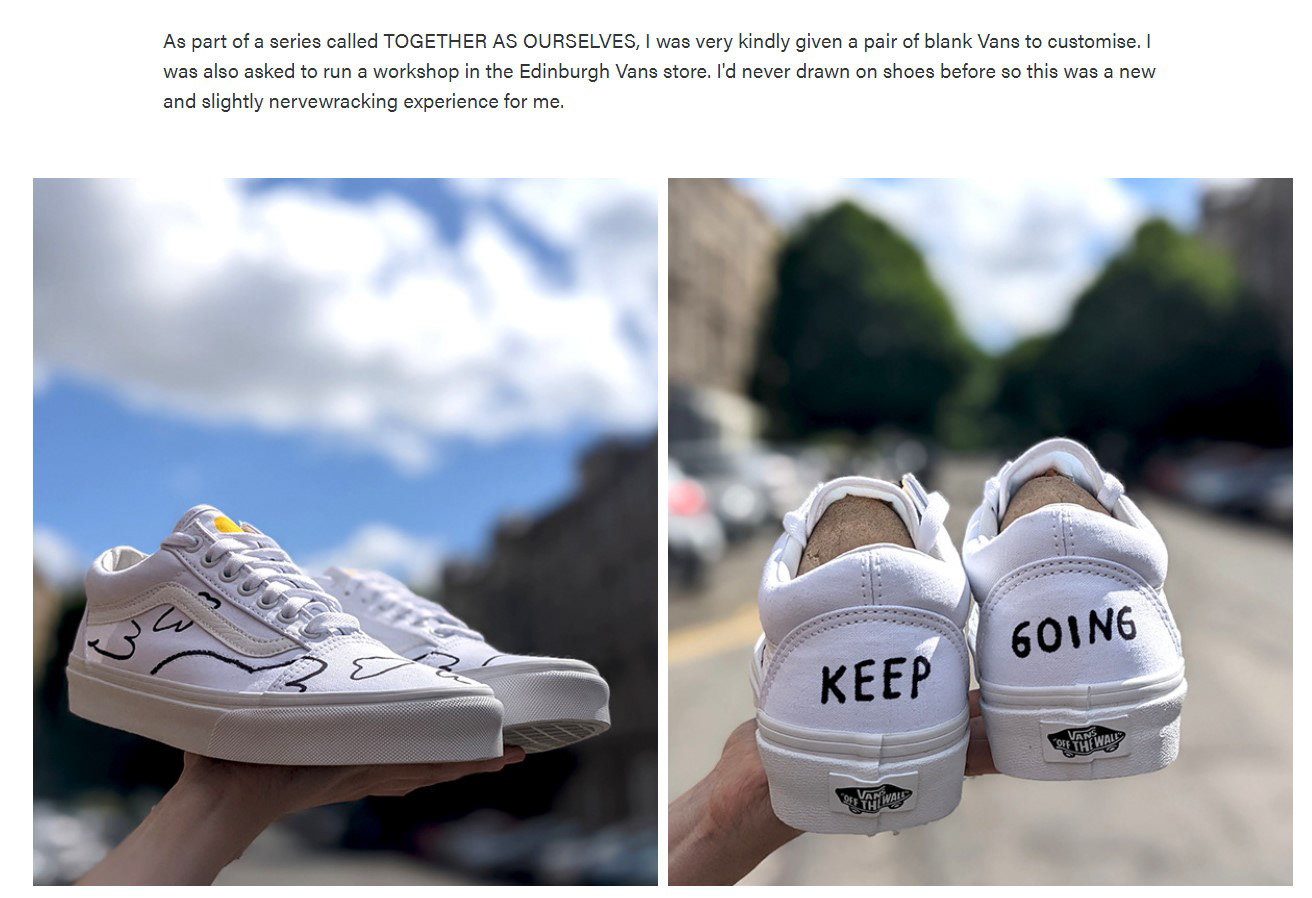
One of the illustrators we looked at was Lesley Imgart. Because we wanted to look for a lot of different types of projects, we decided to ask her about her custom Vans commission. Although she responded to our questions, I felt like she didn't really want to talk about this project since it was a one-time thing for her and she did not have much to say about it.
She is the only other person who replied to our questions.
How long was the deadline you were given?
I just double checked and from the first email to the delivery it was one month.
Was the brief and instructions from the client simple or complicated?
Extremely simple as I was given complete freedom to decorate a pair of Vans shoes.
How many roughs did you create?
I did not have to submit any roughs to client.
However in preparation for drawing on a pair of shoes which I'd never done before I mocked the design up in photoshop and practiced on a piece of fabric.
Do you like the image?
I have mixed feelings about what I created and the commission process itself. I'm proud to have been asked to participate, and considering I'd never done anything like it before it could have turned out worse!
What aspect of the creative process brought you the most enjoyment? (optional)
It was definitely cool to be asked to work in a medium I'd never worked in before (drawing on a pair of shoes with posca pens), and to have insight into how a big brand works with agencies on creative briefs.
Do you plan to incorporate any alterations into your creative approach moving forward? (optional)
I feel this question does not apply as this was such a one off project and I have never done anything like it again.
I think our choice of project to ask about was not a very good one. We knew we wanted to talk to her but we had some disagreements about which project to pick since Ellice was not very fond of her work with socially conscious topics, which is what she mostly showcased on her website.
In hindsight, our decision to pick such an insignificant project that is not related to her normal work at all was probably the worst thing we could have done, but, at that moment we were expecting to get more answers we could pick from other illustrators.
Overall researching and making the presentation was a useful way to not only become more informed about other illustrators and the work that they do, but also to find out about their process and how they go about creating illustrations, as well as some of the struggles that they have faced in their work.
This was also a great opportunity to practice collaborative skills. Communicating with Ellice was definitely difficult at times. I feel like since she responded very slowly, I hesitated to discuss many things with her since I was afraid of slowing her down even more by asking her to change something or by disagreeing with her. This ended up making our process more difficult towards the end since she focused too much on asking extra things and ended up missing one of the mandatory questions. If I had checked in with her more often this might not have happened and our process could have been a lot smoother. This made me become more aware of the importance of communication in a collaborative project, even when we have different/separate tasks. In the future, I will try to speak out more when I believe that something is not going to work or is unnecessary.
Additionally, Deacons' answers about his projects were particularly relevant to me since I do not have a permanent British visa, so if I want to consider staying here I would need to look into getting longer work contracts through which I could also get a sponsorship as opposed to one-time commissions. In this particular example, he was working for his client for 18 months.
Moreover, I am also interested in working with a studio or with a bigger group of people, since doing only solo work in the future feels quite lonely and boring, so I was excited to be able to to talk to another illustrator about his positive experience while working with a big studio. A quote from him that particularly stood out to me was : ''So one of the main things that was fun about the job was your work was not the be all and end all of the project, there were lots, lots of other people working on the project so you could achieve things of a far greater scope than if you were just working on your own and you could feel that excitement of seeing what other people were doing and being part of a creative team. That was probably my favourite aspect of the job.'' This is a sentiment that I agree with, especially since I struggle a lot with making decisions and constantly changing my mind. I think that working with a bigger team can take the pressure off of making decisions, which is something that I have also felt while making the professional presentation. When me and Ellice were able to decide something together and talk it through, I felt much more confident than when I had to decide something on my own. All in all, really enjoyed talking to Alexis Deacon and the positive way in which he talked about group work encouraged me to consider looking for work with a larger group of people in the future.
WORKSHOP - Employability for a Freelance Illustrator
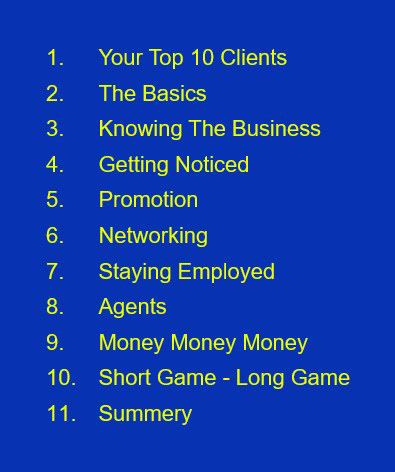

I chose to take an illustration course partly because of the employability prospects, so doing workshops like this one helps me become more confident in my ability to get work in the future. Having a detailed list of all the steps we need to take to get commissioned work makes the whole process feel much less daunting.
This workshop also reminded me of the fact that I'm still unsure of what I really want to do in the future. One of the first tasks of the workshop was to write down a list of the top 10 clients we would like to work for. I was really unsure of what to write down since I'm still not particularly sure what kind of work I would like to be doing in the future; I don't think I would particularly mind doing most art-related jobs, but this also makes it difficult to think about what clients to look for. I feel like I need to be figuring out these things more urgently, so, in the near future I will start looking more seriously at other artists' practices to get too know my options better. OnceI do this, I hope that I will be able to think of more clients that I would like to work for, so that I can start to build a spreadsheet of my own.
